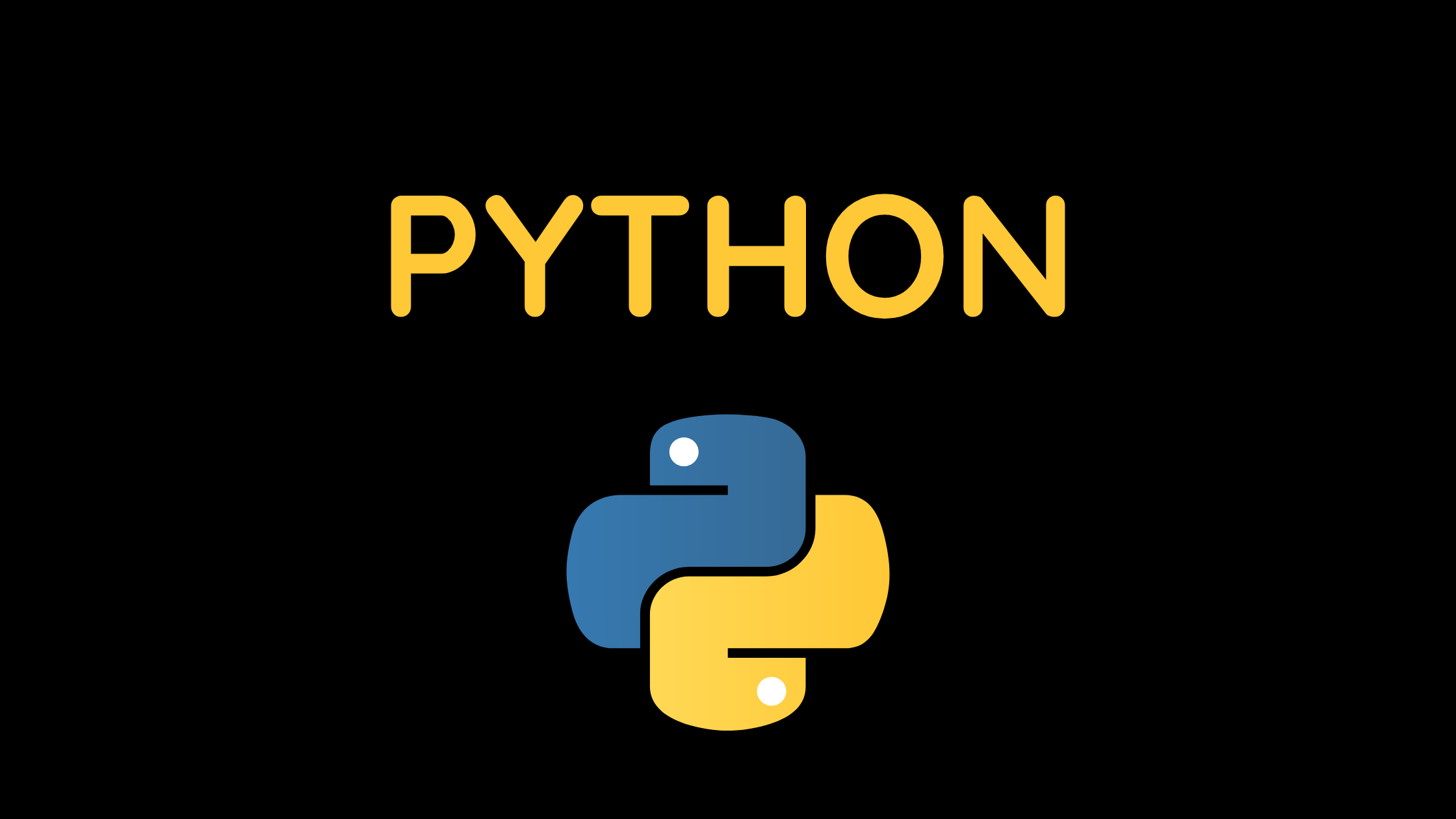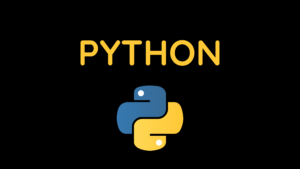Python is a powerful, interactive, object-oriented, and interpreted scripting language. Python has been created to be very readable. It has fewer syntactical structures than other languages and typically utilizes English terms rather than punctuation.
This Langauge is a well-known programming language. Guido van Rossum developed it, and it was published in 1991.
Characteristics of Python
- The following are best characterized of programming:
- Along with OOP, it provides functional and structured programming techniques.
- It may be used to create big applications or as a scripting language that can be translated into byte-code.
- It offers extremely advanced dynamic data types and facilitates dynamic type verification.
- Automatic waste collection is supported.
- It is simple to integrate with Java, C, C++, COM, ActiveX, and CORBA.
- This is a dynamic, bytecode-compiled, and interpreted language. Variable, parameter, function, and method types are not declared in the source code. You sacrifice the source code’s compile-time type verification but gain short, flexible code as a result.
- Python 3 is the latest version, and we’ll be using it in this course. Nevertheless, 2 continues to be used widely despite receiving only security updates.
- Incorporating mathematical influences, Python was created to be readable and shares some parallels with the English language.
- In contrast to other programming languages that frequently use semicolons or parentheses to finish a statement, Python employs new lines.
- To specify scope, such as the scope of loops, functions, and classes, relies on indentation with whitespace. Curly braces are frequently used for this in other programming languages.
Why Python?
Students and working professionals who want to become exceptional software engineers, especially those in the web development field, MUST learn Python. I’ll outline a few of the main benefits of learning Python:
- Python is an Excellent First Programming Language: Python is a fantastic first programming language that facilitates the construction of a wide range of applications, from simple text processing to web browsers to games.
- Python is Interpreted: The interpreter processes as it is being used. You may run your application right away without compiling it beforehand. This is comparable to PHP and PERL.
- Python is Interactive: You can really sit at a Python prompt and communicate with the interpreter directly while you create applications.
- Python is object-oriented: Because it allows object-oriented programming, which wraps code within objects.
- Python runs on a variety of systems (Windows, Mac, Linux, Raspberry Pi, etc).The syntax of Python is straightforward and resembles that of English.
- Python’s syntax enables programmers to build applications with fewer lines of code than they could with certain other programming languages.
- Python operates on an interpreter system, allowing for the immediate execution of written code. As a result, prototyping may proceed quickly.
- Python may be used in procedural, object-oriented, or functional programming environments.
Application of Python?
It is one of the most often used languages on the web, as was previously noted. Here are a handful of them that I’ll list:
- Workflows may be created using software and it.
- Database systems are connectable with it. Additionally, it has file reading and editing capabilities.
- Complex mathematical operations may be carried out using it.
It may be used to create production-ready software or for fast prototyping. - Simple to read It code is more readable and well defined.
- Simple to learn It has a concise syntax, straightforward structure, and minimal keywords. The pupil may swiftly pick up the language thanks to this.
- Python’s source code is relatively simple to maintain.
- A large standard library that is particularly portable and interoperable with UNIX, Windows, and Macintosh platforms makes up the majority of Python’s library.
- It supports an interactive mode that enables real-time testing and bug-fixing of code snippets.
- It is portable in that it can operate on a broad range of hardware systems and uses the same user interface across all of them.
- The It interpreter may be extended by adding low-level modules. These modules provide programmers the ability to enhance or modify their tools to make them more useful.
- Databases It offers access to all significant commercial databases.
- It allows creating and porting GUI programmes to a wide range of calls, libraries, and Windows platforms, including Windows MFC, Macintosh, and the X Window system of Unix.
- Scalable — this offers larger projects greater organisation and support than shell scripting.

